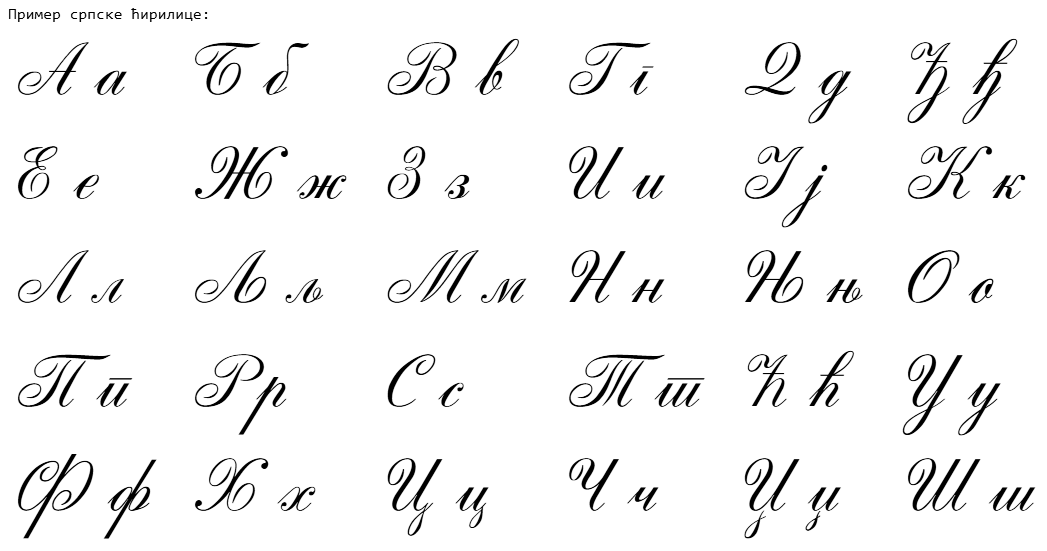|
Marija Trmčić
Marija Trmčić (Serbian Cyrillic: Марија Трмчић; born 20 October 1986 in Užice, Yugoslavia) is a Serbian alpine skier. She participated for Serbia both at the 2006 Winter Olympics and the 2010 Winter Olympics )'' , nations = 82 , athletes = 2,626 , events = 86 in 7 sports (15 disciplines) , opening = February 12, 2010 , closing = February 28, 2010 , opened_by = Governor General Michaëlle Jean , cauldron = Catriona Le May Doan Nancy GreeneWayne Gr ..., World Championships in Are ( Sweden) and Val d Isere ( France) Winter Universiade in Bardonecchia in Italy and in Harbin in China. She is a longtime champion of Jugoslavia and Serbia in slalom and giant slalom and a medal winner at national and international competitions. Since 2010. she is I.S.I.A International Ski Instructor and member of Montenegro Demo Ski Team and Demo Team of Serbia. Works in family company, Agency for sport education Ski Art & Raft, with her father and coach Zoran. Marija is married to Pe ... [...More Info...] [...Related Items...] OR: [Wikipedia] [Google] [Baidu] |
Serbian Cyrillic
The Serbian Cyrillic alphabet ( sr, / , ) is a variation of the Cyrillic script used to write the Serbian language, updated in 1818 by Serbian linguist Vuk Karadžić. It is one of the two alphabets used to write standard modern Serbian, the other being Gaj's Latin alphabet. Karadžić based his alphabet on the previous Slavonic-Serbian script, following the principle of "write as you speak and read as it is written", removing obsolete letters and letters representing iotified vowels, introducing from the Latin alphabet instead, and adding several consonant letters for sounds specific to Serbian phonology. During the same period, linguists led by Ljudevit Gaj adapted the Latin alphabet, in use in western South Slavic areas, using the same principles. As a result of this joint effort, Serbian Cyrillic and Gaj's Latin alphabets for Serbian-Croatian have a complete one-to-one congruence, with the Latin digraphs Lj, Nj, and Dž counting as single letters. Karadžić's Cyr ... [...More Info...] [...Related Items...] OR: [Wikipedia] [Google] [Baidu] |
Užice
Užice ( sr-cyr, Ужице, ) is a city and the administrative centre of the Zlatibor District in western Serbia. It is located on the banks of the river Đetinja. According to the 2011 census, the city proper has a population of 59,747. The City municipality of Užice ( sr-cyrl, Градска општина Ужице, Gradska opština Užice) is one of two city municipalities (with the City municipality of Sevojno) which constitute the City of Užice. According to the 2011 census results, the municipality has 70,939 inhabitants. History Ancient era The region surrounding Užice was settled by Illyrians, specifically the Parthini and the Celtic-influenced Autariatae tribes. Their tombs are found throughout the region. In the 3rd century BC, the Scordisci featured prominently after the Gallic invasion of the Balkans. The region was conquered by the Roman Empire in 168 BC, and was organized into the province of Illyricum in 32–27 BC and, after 10 AD, the province of Dal ... [...More Info...] [...Related Items...] OR: [Wikipedia] [Google] [Baidu] |
Socialist Federal Republic Of Yugoslavia
The Socialist Federal Republic of Yugoslavia, commonly referred to as SFR Yugoslavia or simply as Yugoslavia, was a country in Central and Southeast Europe. It emerged in 1945, following World War II, and lasted until 1992, with the breakup of Yugoslavia occurring as a consequence of the Yugoslav Wars. Spanning an area of in the Balkans, Yugoslavia was bordered by the Adriatic Sea and Italy to the west, by Austria and Hungary to the north, by Bulgaria and Romania to the east, and by Albania and Greece to the south. It was a one-party socialist state and federation governed by the League of Communists of Yugoslavia, and had six constituent republics: Bosnia and Herzegovina, Croatia, Macedonia, Montenegro, Serbia, and Slovenia. Within Serbia was the Yugoslav capital city of Belgrade as well as two autonomous Yugoslav provinces: Kosovo and Vojvodina. The SFR Yugoslavia traces its origins to 26 November 1942, when the Anti-Fascist Council for the National Liberation of Yugo ... [...More Info...] [...Related Items...] OR: [Wikipedia] [Google] [Baidu] |

